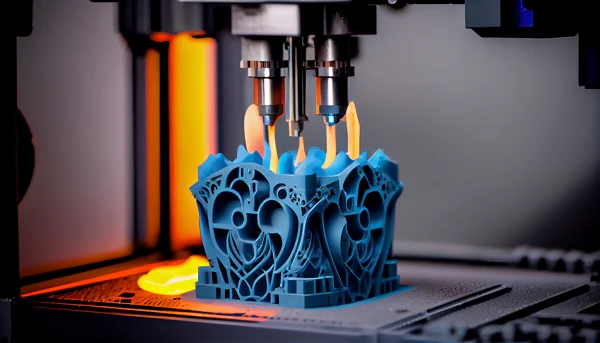3D Laser Printer, where the lines between digital art and physical reality blur, bringing creations to life one layer at a time. Today, we’re diving into the versatile capabilities of 3D laser printers, particularly focusing on how they handle various 3D STL files to produce intricate figures and functional parts. Whether you’re a hobbyist, a professional in the crafting industry, or someone fascinated by the potential of 3D print STL files, you’ll find valuable insights in this guide.
Table of Contents
- Introduction to 3D STL Files
- The Magic of 3D Laser Printers
- Turning 3D Printer Files into Real Objects
- Craft Machine Files: From Concept to Creation
- Top Applications for STL Figure and Figure STL
- Choosing the Right 3D Printer File
- Conclusion: The Future of 3D Print STL
Introduction to 3D STL Files

The STL (Stereolithography) file format is a cornerstone in the 3D printing industry. These 3D STL files serve as the blueprint for crafting detailed three-dimensional objects. By providing a precise mesh of triangular facets, STL files dictate how 3D printers, especially 3D laser printers, will layer materials to bring a digital model into tangible form.
The Magic of 3D Laser Printers
3D laser printers stand out in their ability to utilize high precision laser technology to fuse materials like polymers and metals based on the design parameters set by 3D printer files. This process is not only efficient but also allows for creating highly complex structures that other 3D printing techniques might struggle with.
Turning 3D Printer Files into Real Objects

To transform a 3D STL file into a physical object, 3D laser printers interpret the file’s data to execute detailed printing. This capability makes 3D laser printers particularly valuable for professionals and enthusiasts who require high fidelity in their models, be it for functional parts or intricate collectible figures.
Craft Machine Files: From Concept to Creation
The journey from a digital 3D printer file to a physical object involves several steps. Starting from the initial design, encoded in a 3D STL file, each layer is carefully constructed to match the intricate details of the original model. This precision is crucial for craft machine files, where even a minor deviation can alter the final product’s aesthetics or functionality.
Top Applications for STL Figure and Figure STL
The versatility of STL files is seen across various applications:
- Collectibles: Detailed figures and miniatures for gaming, display, or sale.
- Prototyping: Functional testing of design concepts before mass production.
- Medical Models: Customized prosthetics or anatomical models for educational purposes.
- Art: Unique sculptures and artworks that are only possible with 3D printing technologies.
Choosing the Right 3D Printer File

Selecting the correct 3D printer file is essential for achieving the desired outcome. The quality of the 3D print STL file determines the smoothness and detail of the finished product. When working with craft machine files, it’s important to ensure compatibility and resolution that matches the specifications of your 3D laser printer.
Conclusion: The Future of 3D Print STL
As technology advances, the potential for 3D STL files and 3D laser printing continues to grow. These developments promise to further bridge the gap between digital concepts and real-world applications, making it an exciting time for everyone involved in 3D printing.
In this era of digital craftsmanship, understanding and utilizing 3D printer files effectively can significantly impact the quality and success of your projects. Whether you’re crafting a simple household item or a complex figure STL, the possibilities are endless with the right tools at your disposal.
